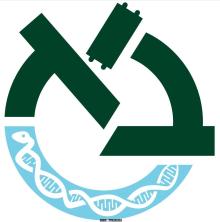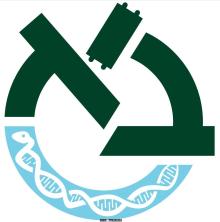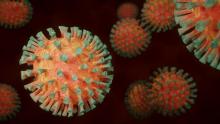חדשות המחקר

Doron Sagi, Sivan Spitzer-Shohat, Mary Catharine Joy Rudolf: Learning Social Determinants of Health Through a Home Visiting Course in the Clinical Years (Patient Educ Couns .)
The purpose of this study was to assess the impact of a new experience-based educational program aiming to teach social determinants of health (SDH) and health disparities, through a post-discharge home-visit conducted with patients recruited in hospital.

A unusual case of multifocal pyogenic abscess formation following ERCP procedure. (BMC Surg.)
Endoscopic retrograde cholangiopancreatography (ERCP) is essential for managing biliary and pancreatic disorders. Infection is the most morbid complication of ERCP and among the most common causes of ERCP-related death. (Fahed Merei, Ibrahim Abu Shakra, Amitai Bickel, Samer Ganam & Eli Kakiashvili)
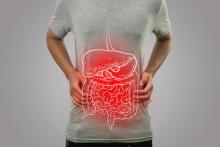
Chylous ascites as a late complication of one anastomosis gastric bypass-minigastric bypass: case report. (BMC Surg.)
One anastomosis gastric bypass- minigastric bypass (OAGB-MGB) is an emerging bariatric surgery that is being endorsed by surgeons worldwide. Internal herniation is a rare and dreaded complication after malabsorptive bariatric procedures, which necessitates early diagnosis and intervention. This article describes a 29-year-old male with chylous ascites caused by an internal hernia 8 months following laparoscopic one anastomosis gastric bypass. (Ibrahim Abu Shakra, Maxim Bez, Amitai Bickel, Walid Kassis, Samer Ganam, Fahed Merei, Nour Karra, Khatib Kamal, Doron Fischer & Eli Kakiashvili)
Chaim Putterman: Cell-bound complement activation products associate with lupus severity in SLE. (Lupus Sci Med.)
Evaluates the association between lupus severity and cell-bound complement activation products (CB-CAPs) or low complement proteins C3 and C4.
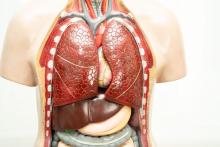
Chaim Putterman: Comprehensive Aptamer-Based Screening Identifies a Spectrum of Urinary Biomarkers of Lupus Nephritis Across Ethnicities (Nat Commun.)
Emerging urinary biomarkers continue to show promise in evaluating lupus nephritis (LN). Here, we screen urine from active LN patients for 1129 proteins using an aptamer-based platform, followed by ELISA validation in two independent cohorts comprised of 127 inactive lupus, 107 active LN, 67 active non-renal lupus patients and 74 healthy controls, of three different ethnicities.

May Weinberg, Jacob Bornstein: Evaluation of human papilloma virus in semen as a risk factor for low sperm quality and poor in vitro fertilization outcomes: a systematic review and meta-analysis (Fertil Steril.)
Analyzes the effect of human papilloma virus (HPV) sperm infection on sperm parameters and in vitro fertilization (IVF) outcomes.

Gassan Moady, Elias Daud, Shaul Atar: Pericardial Effusion in a Young Man: A Rare Presentation of Thymoma. (Isr Med Assoc J. )
Thymoma is a rare tumor of the anterior mediastinum with slow progressive presentation, which is usually detected incidentally on radiographic images. We present a case of a young patient who was evaluated for hoarseness resulting from left recurrent laryngeal nerve palsy, and was found to have pericardial effusion secondary to thymoma with local structural invasion.
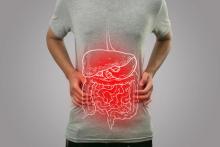
Anas Kadah, Tawfik Khoury, Wisam Sbeit: Early Buried Bumper Syndrome Treated by Bedside Replacement: Report of Two Cases and Review of Literature (Isr Med Assoc J.)
Buried bumper syndrome (BBS) mostly occurs as a late complication after percutaneous endoscopic gastrostomy (PEG) insertion; however, early BBS has been rarely reported, and the treatment of this condition is still unclear.
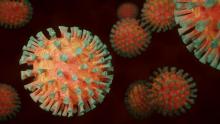
Karl Skorecki, Zaher Armaly: Reply to Letter to the Editor: "COVID-19: is the ACE2 just a foe?" (Am J Physiol Lung Cell Mol Physiol.)
Letter to the editor (The Pathophysiology of COVID-19 and SARS-CoV-2 Infection)
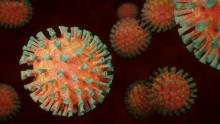
Karl Skorecki, Zaher Armaly: Reply to Letter to the Editor: "Don't judge too RAShly: the multifaceted role of the renin-angiotensin system and its therapeutic potential in COVID-19" (Am J Physiol Lung Cell Mol Physiol.)
Letter to the editor (The Pathophysiology of COVID-19 and SARS-CoV-2 Infection)

The Role of Pre-Operative Neutrophil-to-Lymphocyte Ratio in Predicting Post Bariatric Surgery Related Complications. (Isr Med Assoc J.)
Bariatric surgery has become the most common and effective therapeutic option for obesity. However, it is associated with morbidity and complications. Identification of predictors for surgical complications is an unmet need. (Amir Mari, Mahmud Mahamid, Helal Said Ahmad, Ahmad Lubany, Sami Abu el Hija, Nadeem Shorbaji, Anas Kadah, George Daud, Wisam Sbeit, Tawfik Khoury)

Avi Benov, Elon Glassberg: The Israel Defense Forces Trauma Registry: 22 years of point-of-injury data. (J Trauma Acute Care Surg.)
Trauma is the leading cause of death among casualties between 1-44 years. A large proportion of trauma deaths occurs even before arriving at a medical facility. The paucity of prehospital data is a major reason for the lagging development of prehospital trauma care research. This study aims to describe the Israel Defense Forces Prehospital Trauma Registry, the steps taken to improve data collection and quality, the resulting trends, and the registry's contribution to policymaking.
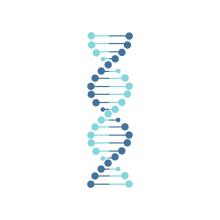
Meir Shamay, Guy Journo, Anuj Ahuja, Yonatan Eran: CpG Methylation in Cell-Free Epstein-Barr Virus DNA in Patients With EBV-Hodgkin Lymphoma (Blood Adv . )
Epstein-Barr virus (EBV) is associated with a variety of tumors and nonmalignant conditions. Latent EBV genomes in cells, including tumor cells, are often CpG methylated, whereas virion DNA is not CpG methylated. We demonstrate that methyl CpG binding magnetic beads can be used to fractionate among sources of EBV DNA (DNA extracted from laboratory-purified virions vs DNA extracted from latently infected cell lines). We then applied the technique to plasma specimens and showed that this technique can distinguish EBV DNA from patients with EBV-associated tumors (nasopharyngeal carcinoma, Hodgkin lymphoma) and viral DNA from patients without EBV-associated tumors, including immunocompromised patients and patients with EBV(-) Hodgkin lymphoma.



